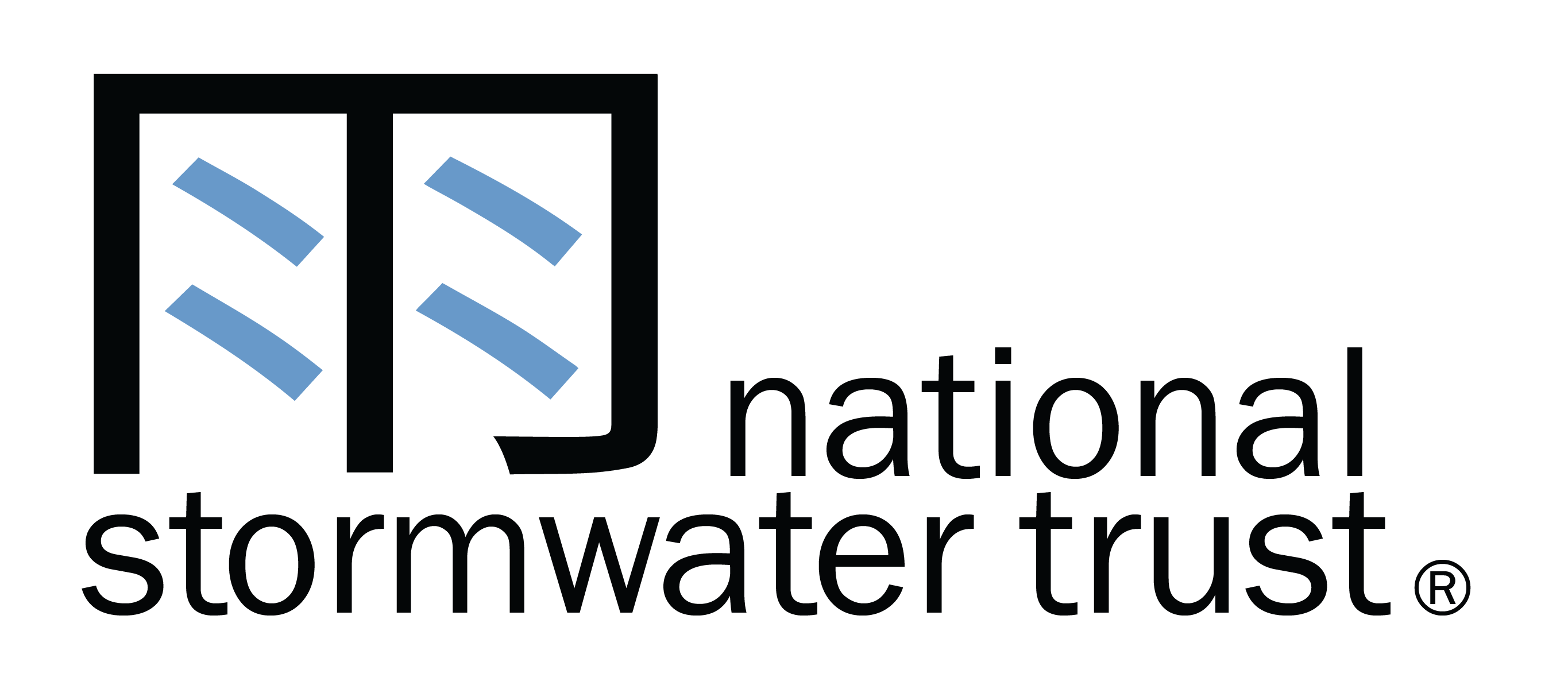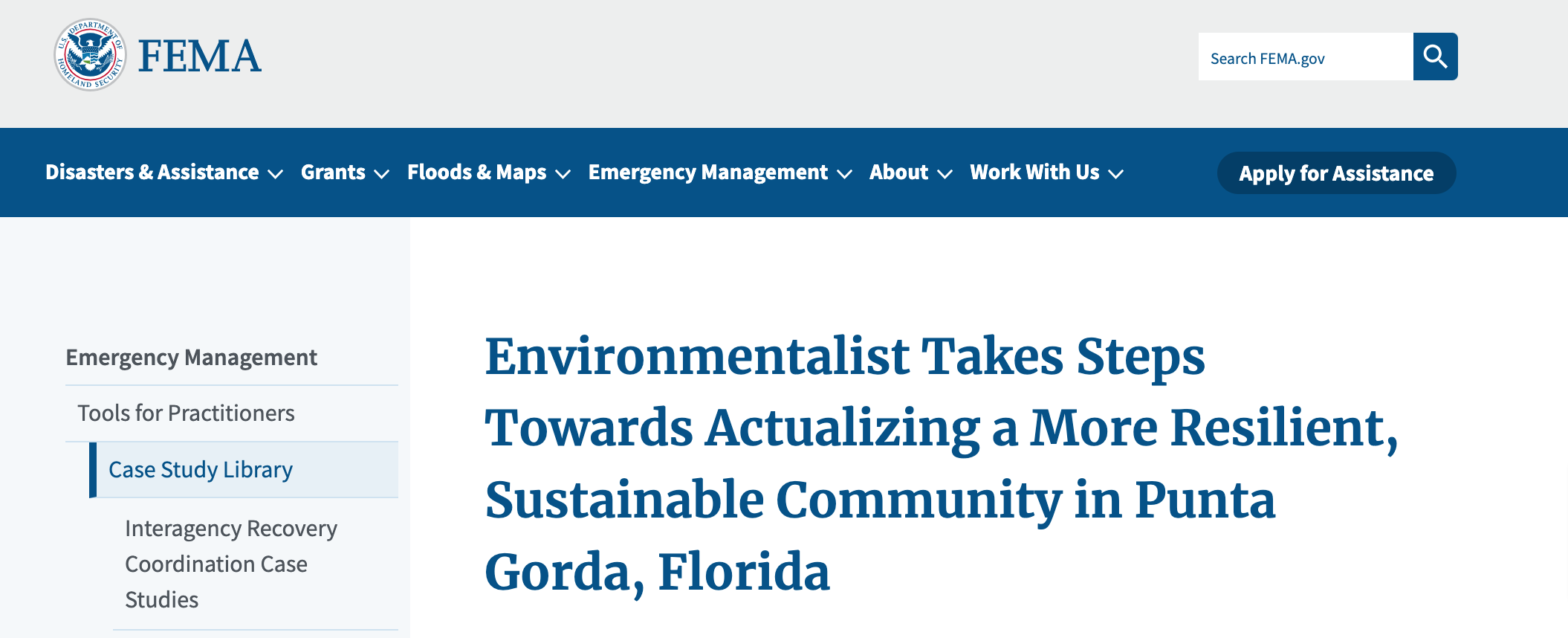Now that the new stormwater rule is effective, maintaining the exempt or grandfathered status of your existing project under ‘old rule’ criteria is extremely important. Loss of such status will result in the application of new performance criteria beginning next year and could jeopardize a conceptual ERP that underpins the long-term development plan of your master planned community. It is important to understand how the grandfathering provisions work, and NST is getting a lot of questions from its customers and the consulting engineering community. For this reason, we’ve prepared an outline of exemption and grandfathering provisions of the new rule (located in Section 3.1.2 of Applicant’s Handbook, Volume 1). We’ve also included a couple of examples to help you better understand some likely scenarios.
1. Routine exemptions. The exemptions and permit thresholds listed in Rule 62-330.020(1), FAC, were not affected by the rule changes, so the exemptions for activities like routine custodial maintenance and single-family homes (not part of a larger plan of development) are unaffected. Thus, if your activity was exempt before the new rule, it is still exempt after the rule change.
2. Grandfathered permits.
a. The perpetual operation and maintenance of completed projects will remain subject to the permit that authorized their construction and the rules in effect at that time.
b. New construction of activities under valid, unexpired permits is unaffected by the new rule.
c. Minor modifications of valid permits can be authorized without triggering the new rule. This includes a 5-year permit extension, permit transfers, and the other listed changes in Rule 62-330.315, FAC.
3. Conceptual permits. Due to their long duration, conceptual permits are handled a little differently. Unexpired conceptual permits remain valid. Subsequent applications for permits to construct and operate future phases can be processed under old rule criteria if those phases are ‘consistent’ with the conceptual permit. We’ve observed that the determination of ‘consistent’ can be somewhat subjective, but in addition to the rule criteria in Rule 62-330.056(7)(a), FAC, we think the determination will boil down to the phrase used in Handbook section 3.1.2(e)3: “does not cause substantially different water resource impacts.” Also, a major modification of an issued construction permit would subject that phase to new performance criteria, which could require modification of the conceptual ERP. As such, all modifications should be carefully considered in light of this risk, and we strongly recommend pre-application meetings with the reviewing agency.
4. “Pre-2024 development submittals.” This is a term we’re using to describe the exemptions in Handbook sections 3.1.2(f), (g), (h) and (i). These four categories of exempt activities were added by the legislature in the ratification bill (SB7040) and are summarized below. To be eligible for any of these exemptions, your project must have been approved or submitted for approval prior to January 1, 2024.
a. Projects submitted to local governments as part of a site plan or plat approval if the submittal included stormwater plans.
b. Projects included in a binding EMA.
c. Projects included in a valid DRI (exempt until October 1, 2044).
d. Projects included in an approved PUD (exempt until October 1, 2034).
5. Transportation projects. Transportation projects were grandfathered or otherwise granted extensions of time under old rule criteria. For more information, see the specific provisions of Handbook sections 3.1.2(e)1 and 2 and the second preamble paragraph in section 8.3.
6. Examples. In the first example, your client has a conceptual ERP with an expiration date in 2040. You have already received individual permits for the first 2 phases of construction. Phase 1 is complete and in the O&M phase. Phase 2 is under construction. You are about to apply for Phase 3, which has been fully designed. You are about to start the design process for Phase 4. Here is the status:
a. Phase 1 will continue to require O&M as specified in the permit for that phase.
b. Phase 2 can be completed, certified, and transferred to the O&M phase as specified in the permit for that phase. Additionally, Phase 2 will be subject to the new Inspection and Reporting Requirements of Handbook sections 12.5 and 12.6.
c. Phase 3 can be submitted as planned. However, you will also need to include the O&M cost estimates and plan as required in Handbook sections 12.3 and 12.4 and, depending on the O&M entity, you may also have to include the new form for Financial Capability Certification to demonstrate the financial capability requirements of Handbook section 12.
d. For Phase 4 and all future phases, you will need to ensure that they are consistent with the Conceptual permit (see Section 3, above).
In the second example, you are about to submit a conceptual ERP for a master planned community, and you are trying to figure out when the new performance criteria will be triggered. The effective date of the new criteria in Handbook section 8.3 has been delayed until December 2025 for Individual and General permits only. This means that the conceptual ERP will be subject to the new performance criteria for all phases for which applications are not complete prior to December 28, 2025. This gives engineers and planners time to keep the designs intact for projects already in the pipeline. Your first phase of construction can be submitted with your conceptual ERP application using the old rule criteria. If you’re moving quickly, you could submit other phases for approval prior to the delayed effective date, but phases submitted after that date will be subject to the new performance criteria. This “hybrid grandfathering” approach gives designers time to plan for transition to the new criteria.
Like many of you, NST is carefully studying the new rule and planning for its full implementation. We hope this information is helpful to you. Be sure to subscribe to our newsletter for more updates, and you are also welcome to reach out to info@nationalstormwater.com with any specific questions.
Disclaimer: NST is not a law firm and does not provide legal advice or representation. Please consult legal counsel concerning the interpretation and application of statutes, rules, and other laws to your specific projects or circumstances.

